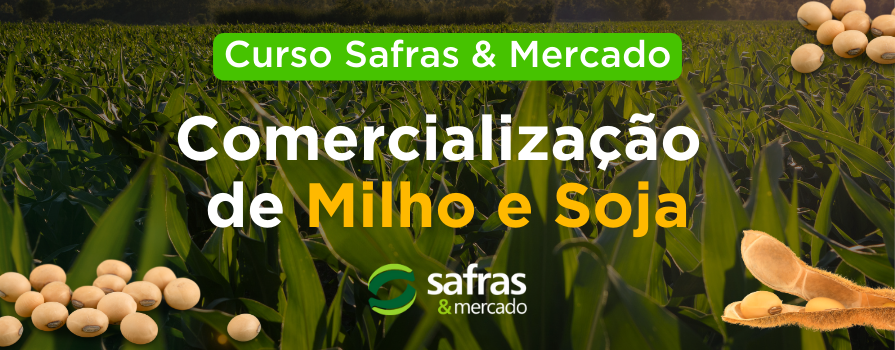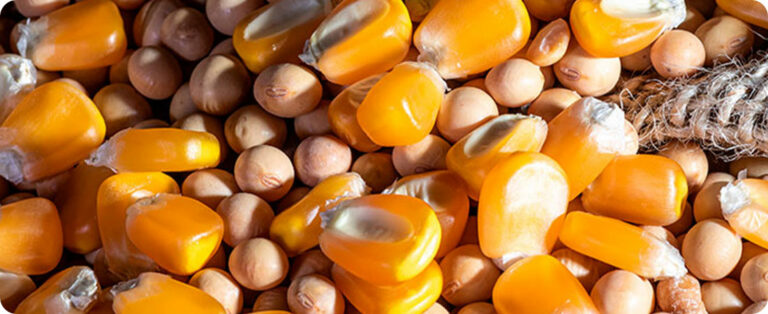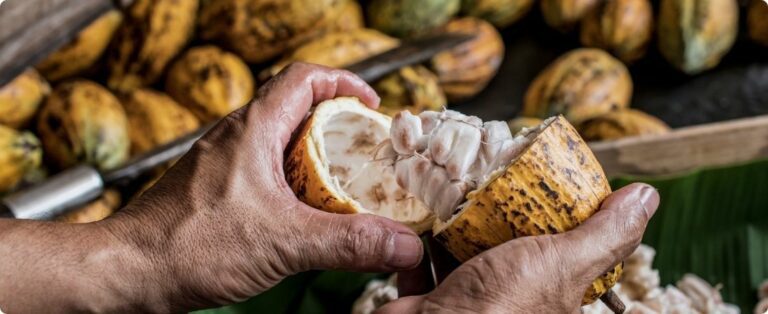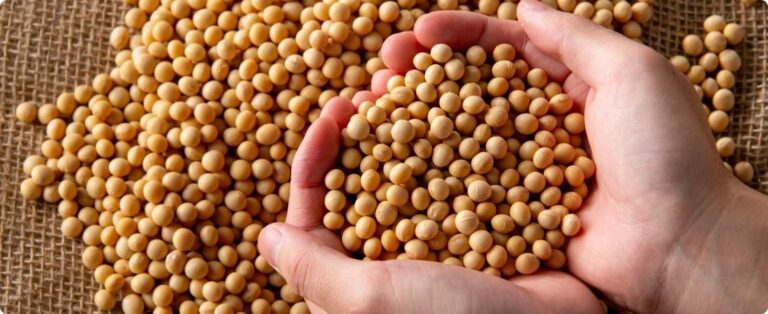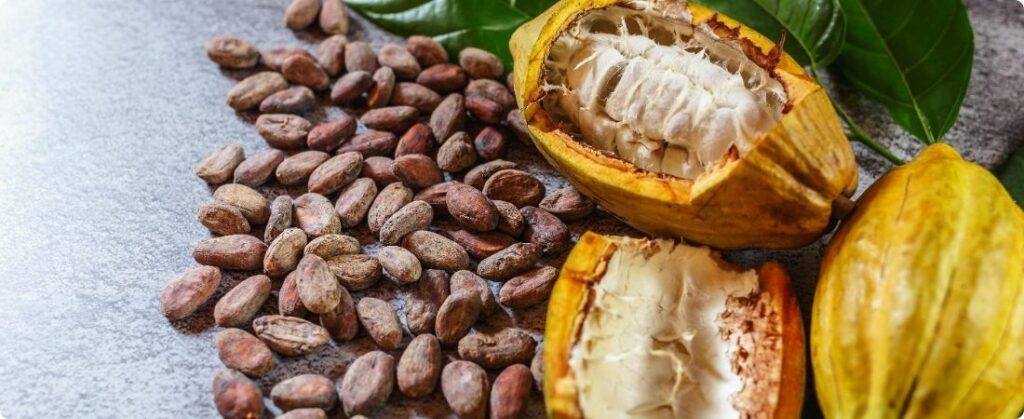
The first half of 2024 registered a drop of 37.4% in the volume received of national almonds, by the processing industry. cocoa. There were 58.3 thousand tons received in the period, in contrast to the 93.3 thousand tons received in the first six months of 2023, according to data compiled by SindiDados – Campos Consultores, and released by the National Association of Cocoa Processing Industries (AIPC). “Since the beginning of 2024, almond receipts have been below expectations, especially when compared to the previous year. The early harvest, which should have started with a more consistent volume in April, was delayed due to weather issues. The expectation is that, in the next semester, cocoa entries will improve”, explains the executive president of AIPC, Anna Paula Losi.
If we compare the volume received in the second quarter of 2024 with the volume received in the same period of the previous year, we had a decrease of 39.9%, from 66,038 to 39,663. According to Anna Paula, “Although in the second half of this year we received more than double what was received in the first half, when we compare the volumes with the same period of the previous year, the drop is considerable, which has strongly impacted the supply of cocoa beans in the national market”.
National reception
Bahia was responsible for just over 59% of the total volume of national cocoa beans received by the processing industry in the first half of 2024, totaling 34.5 thousand tons. In the same period last year, the state supplied 51 thousand tons, but now it has dropped by around 32.3%.
In turn, Pará accounted for 36% of the volume received, totaling 21 thousand tons, which represents a drop of almost 46% compared to the same period of the previous year, when it received 38.7 thousand tons.
Espírito Santo and Rondônia contributed 4.7% of the total volume in the first half of 2024, a decrease of 19.3% compared to 2023.
According to Losi, “climate issues plus losses to witches’ broom and other diseases have affected the four main producing states. Investments in new areas and improvements in existing productivity are insufficient to overcome the losses.
Grinding
Cocoa milling in the country fell by 9.5%, compared to the same period in 2023. Industrialized volume of cocoa beans: 114.3 thousand tons in the first half of 2024, compared to 126.4 thousand tons in the previous year. Anna Paula says that the reduction in national milling is due to the lack of cocoa beans, seriously impacting industrial operations.
If we compare the milling in the second quarter of 2024 with the same period in 2023, there was also a reduction of 12.8%, that is, we went from 62.4 thousand tons in 2023 to 54.4 thousand tons. According to the executive president of AIPC, “the national industry, together with the different links in the cocoa production chain, has been working hard to change this scenario of scarcity in the supply of cocoa beans in the national market, and it is expected that, in the coming years, these efforts will begin to show positive results. We have collectively participated in projects and discussions that aim to increase cocoa production in Brazil, and we understand that the country has enormous potential to reach the goal established by the Inova Cacau 2030 Plan, of 400 thousand tons of cocoa, by 2030”.
Import vs. export
Here is the text with the transition words added:
“Both imports of cocoa beans and exports fell in the first half of the year, falling to 47.7% in imports and 34.9% in exports. On the other hand, exports of cocoa derivatives remained practically stable, falling from 24.7 thousand tons to 22.6 thousand tons.
Furthermore, from January to June, imports of cocoa beans fell from 43,000 to 22,500 tons compared to 2023. In this context, Anna Paula states that “we are going through a period of global shortage of cocoa beans. ICCO predicts a global cocoa deficit of over 400,000 tons, affecting all markets, including Brazil. Given this, international cocoa trade remains highly uncertain.”
International market analysis
Caio Santos, from StoneX's market department, says that, after four consecutive months of growth, the cocoa futures market slowed down in April and has seen significant corrections since then, especially in June. In June, prices for the September 2024 contract (CCU24), in New York (ICEUS), fell 18.07%, closing at USD 7,729/ton on June 28 – similarly, in London, there was also a significant decline. On June 24, the most active contract had a daily drop of 11.31%, indicating a cooling of prices.
According to the expert, it was the largest daily drop (19.3%) in over 50 years for cocoa on the ICEUS since May 13. On the fundamentals side, there is no immediate extraordinary news related to this significant price drop. However, high volatility has been a feature of the cocoa futures market, driven by low liquidity, due to the lower number of open contracts amid great uncertainty and the increase in margins for operations of exchange contracts.
Possible economic impacts on the cocoa market
For the 2023/24 harvest, the increase in prices could cause a significant decline in crushing, which remains the main bearish point. In addition, data on crushing in the main international hubs will be released in July. On the other hand, the main international hubs will release additional information on crushing within the same period.
For the 2024/25 harvest, the reduction in demand and increase in production indicate a possible surplus in the international cocoa market. In this sense, climate developments in the second half of 2024 will be decisive in confirming the recovery in supply, analyzes the StoneX team.
Source: Notícias Agrícolas

